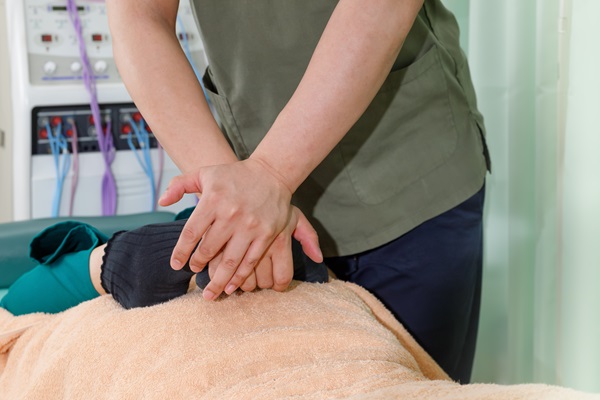Boosting Blood Flow: Effective Strategies for Poor Circulation Treatment

Looking for information regarding poor circulation treatment? Read on to learn more. Good circulation is important for good health. It provides the body with oxygen and blood so all body organs can function normally. Undergoing poor circulation treatment helps wounds heal more quickly, keeps your heart healthy, and improves skin tone.
Poor circulation treatment and the importance of good blood flow
The human body has about 60,000 miles of blood vessels. They are a part of the body's blood circulation system and are linked with the heart and muscles. This enormous network of highways carries blood to every part of the body. Poor blood circulation, however, will block or even prevent blood flow. It means that the cells are not getting adequate nutrients and oxygen. In such cases, poor circulation treatment is in order.
Strategies for poor circulation treatment
If the limbs are not getting enough blood flow, one’s hands and feet will go cold and numb. In light-skinned folks, one might notice a blue tinge on their legs. A secondary effect of poor circulation is that the skin gets dry, the nails become fragile and the hair on one’s legs and feet may fall off, too. Some men may find it difficult to get or maintain an erection. With patients who are diabetic, scrapes, sores, or wounds heal more slowly.
The following are some strategies to address poor circulation:
Stop tobacco use
Nicotine is present in cigarettes, electronic cigarettes, and smokeless tobacco. This substance damages the walls of the coronary arteries and also thickens the blood to the point where circulation becomes a struggle. The first strategy in poor circulation treatment is to stop smoking. It might be tough to quit this habit, but your pharmacy or doctor's office can help.
Manage blood pressure
High blood pressure may cause arteriosclerosis, an ailment where the arteries harden, blocking blood flow. The ideal level is 120 mmHg over 80 mmHg or less but the physician will give the right number based on the patient’s health and age. It is advisable to look at the reading at least once every month. A blood pressure monitor is a handy device to have, and it is available at most pharmacies.
Stand occasionally
Sitting at a desk for several hours at a stretch is not great for the back or circulatory system. It weakens leg muscles and slows blood circulation to the legs, potentially causing a clot. A stand-up desk is a great idea for those who are mostly sedentary. It takes time to become accustomed to this option, but getting on the feet activates the valves in the legs and pumps blood up to the heart.
Wear compression socks
While elevating the legs sends blood to the upper body, compression socks apply pressure on the feet to help the blood vessels circulate blood through the body and to the heart. They may also lessen swelling and may be good for pregnant women, diabetics, or people who stand on their legs the whole day.
Engage in aerobics
Oxygen moves to the muscles when performing exercises like running, biking, and swimming. This raises the heart rate, reduces blood pressure, and gets blood pumping more quickly. Aim for 30 minutes of exercise daily, five to seven days a week. If necessary, use multiple short sessions.
In conclusion
If you want a healthy lifestyle, you should improve your blood circulation. You can boost your vascular health by following the tips and exercises mentioned. If you need poor circulation treatment, you should consider booking an appointment with a vascular surgeon for a consultation.
Get more information here: https://visoc.org or call Vascular & Interventional Specialists of Orange County at (714) 598-1194.
Check out what others are saying about our services on Yelp: Poor Circulation Treatment in Orange, CA.
Related Posts
Leg swelling is a common symptom that can range from mild to severe and has many causes. Sometimes, the cause is temporary and of mild to moderate concern, but leg swelling may point to a more serious health condition in other cases. Learning more about leg swelling helps people know when to seek help from…
Hemorrhoid treatment options vary depending on severity and symptoms. There are many effective ways to manage hemorrhoids, such as through lifestyle changes, over-the-counter remedies, or more advanced medical procedures. Finding the right treatment can make a significant difference in achieving lasting relief.Hemorrhoids are swollen veins located in or around the anus and rectum, with internal…
Most uterine fibroids are noncancerous, and many patients do not realize they have them. This often leaves patients confused about what could have caused their fibroids, while they also wonder what exactly fibroids are. An OB/GYN can provide clarification on a patient’s unique condition. However, in the meantime, an overview may help.Fibroids are muscular tumors…
Curious about what varicose vein treatment from a cardiologist entails? Read on to learn more. Varicose vein treatment can significantly improve your appearance as well as your life. Varicose veins are enlarged, ropey veins that typically appear on the legs and feet. These oversized veins can often cause swelling, fatigue, and pain. They can also…
